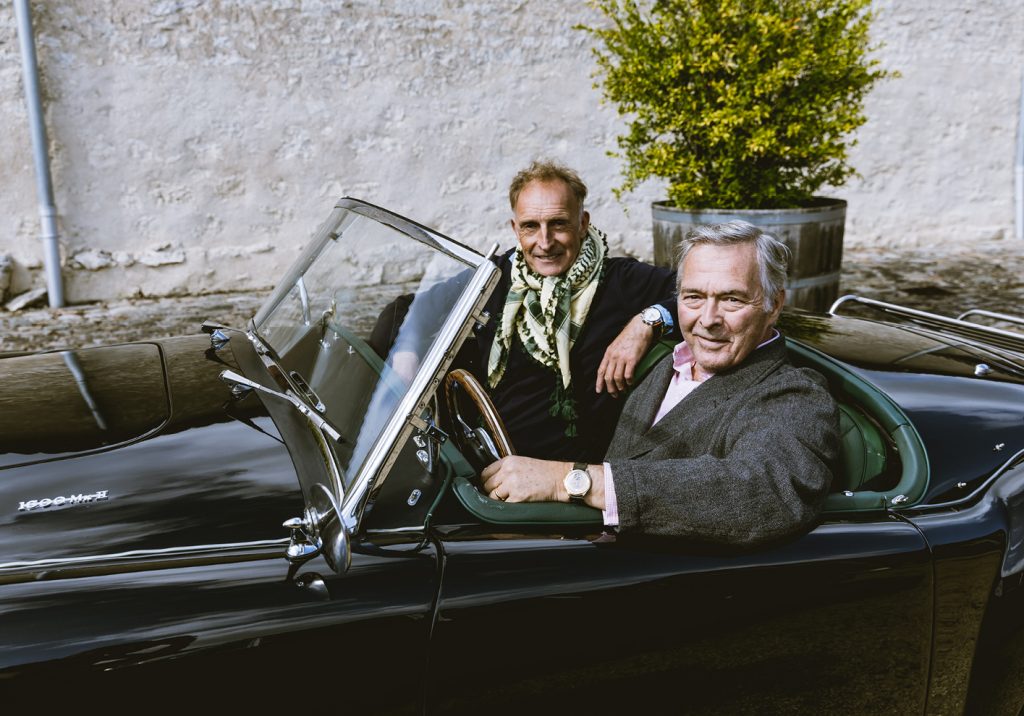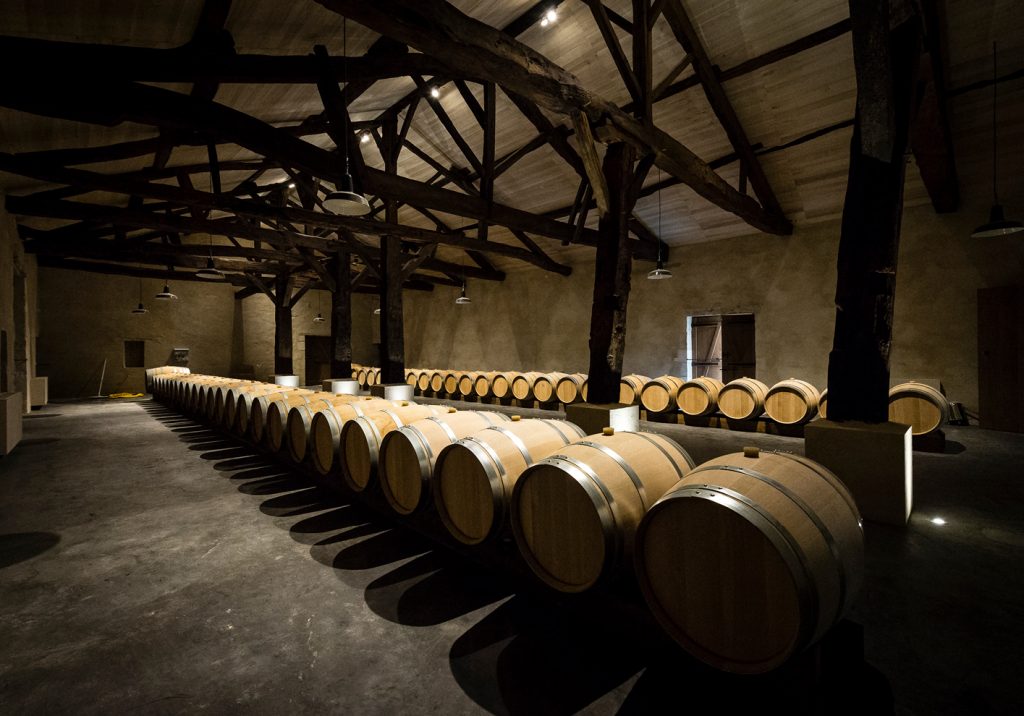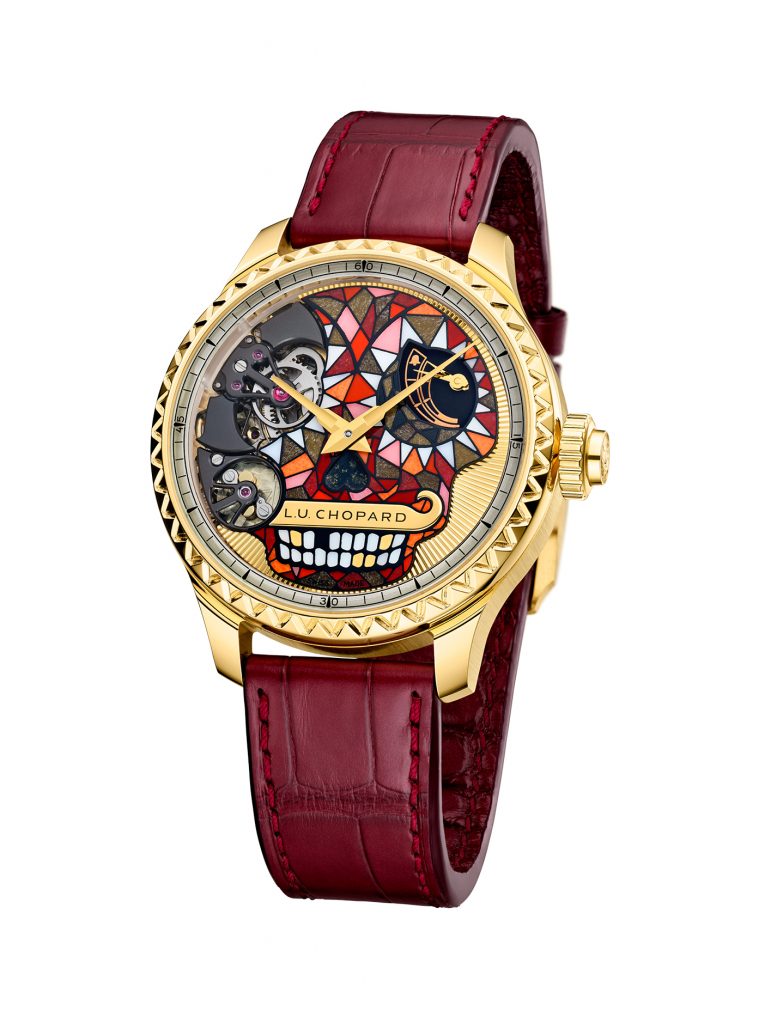Strong on sustainability in its jewellery and watches, Chopard’s bosses have applied a similar approach to winemaking
Whenever I ask Chopard co-president Karl-Friedrich Scheufele how many classic cars he owns, he always goes a bit quiet before replying: ‘I’d rather not say – there are quite a few that my wife probably doesn’t know about…’. It will be familiar thinking to many who struggle to say ‘no’ when offered an enticing addition to any sort of collection, so Scheufele’s cagey response is probably understandable.
But at least he can be safe in the knowledge that however many cars he really does have, he can probably claim to be “carbon neutral”. And the reason is that he’s giving back to nature on a scale that most people would find daunting if it were their sole role in life, let alone if they also run two watch brands (Chopard and the ultra high-end Ferdinand Berthoud), oversee a successful wine-merchant operation, serve on the board of a foundation that’s protecting alpine eagles and (of course) maintain that substantial car collection.

In addition to all of the above, Scheufele runs a spectacular vineyard in the Périgord region of France which he and his wife Christine acquired in a run-down state 12 years ago. Lying 50 miles east of Bordeaux, Château Monestier La Tour was discovered by the Scheufeles with substantial fire damage, holes in the roof and a fast-maturing tree growing from the floorboards of the once-elegant salon. But although the couple worked hard to restore the impressive stone château to its former glory, along with its substantial gardens and original stable block, the house itself was not their main focus of interest – because what they really found inspiring was the vineyard and winery that came with it.
It, too, had been sadly neglected, and during its productive years the 30 hectares of land had been fed a relentless diet of man-made chemicals and pesticides – making it all the more remarkable that the Scheufeles’ ambition was to turn Château Monestier La Tour into not merely a producer of organic wines, but one which would eventually earn the right to be called “bio-dynamic”. That requires the land on which the vines are grown to have been nurtured without the use of chemicals or pesticides for more than a decade. Achieving the bio-dynamic label is far from easy, since it involves using holistic farming methods that place equal importance on the plants, soil and overall eco system by treating the vines with nine specific herb- and mineral-based preparations which are “dynamised” – ie stirred into water – before being added to the soil to build strength and counter pests and disease naturally.

All the plants required to make the preparations are grown in a dedicated garden at Château Monestier – and things are taken to an even more spiritual level when some are buried in cow horns before being applied in accordance with the celestial calendar, with planting, pruning, picking and bottling being dictated by the phases of the moon. It’s that synergy with the planets that partly attracted Scheufele to the idea of bio-dynamics, not least because of the obvious relationship to his main business – watchmaking – which is also based on the relationship between the sun, the moon, the stars and the forces of nature. It certainly explains why he chose Château Monestier as the venue for a preview of the latest watches in Chopard’s L.U.C collection, the majority of which won’t be publicly revealed until next year.
L.U.C stands for Louis-Ulysse Chopard – who founded the business in 1860 – and were the initials adopted by Scheufele in 1996 when he decided to establish a secondary arm of Chopard to manufacture more expensive pieces in lower volumes using movements and other components produced “in house”. His decision to launch L.U.C was likely based on the same perfectionist outlook that resulted in the impeccable restoration of Château Monestier, drove his dream to produce bio-dynamic wines – and ensures that his classic cars are kept in top condition.
‘I was convinced L.U.C was the only way for our company to go forward in terms of authenticity and movement development,’ he told Brummell. ‘The finish of every L.U.C watch had to be top line, and every one with a seconds hand had to be COSC-[Contrôle Officiel Suisse des Chronomètres] certified – and that is how it has remained to this day.’
In terms of both winemaking and watchmaking, Scheufele says he is guided by the words of sculptor Auguste Rodin who sagely observed: ‘What is done with time, time will respect’.
‘Viticulture and horology both take time,’ says Scheufele, ‘and there are always a lot of setbacks – but you only remember the great moments.’

The one new L.U.C watch we are allowed to reveal before next year is the unique Full Strike Día de los Muertos, which celebrates Mexico’s historic Day of the Dead festival, this year’s edition of which took place on 2 November. A high-tech take on the minute repeating watches of old, the Full Strike gives an audible indication of the hours and minutes using minuscule steel hammers and tiny, ring-shaped gongs made from transparent sapphire crystal that are integrated with the “glass” of the watch. This unique Day of the Dead version features a “skull” dial and took more than 100 hours to create using a marquetry technique that required dozens of tiny opal, aventurine, obsidian and jade stones to be individually hand-set within a case made from “ethical gold”.


